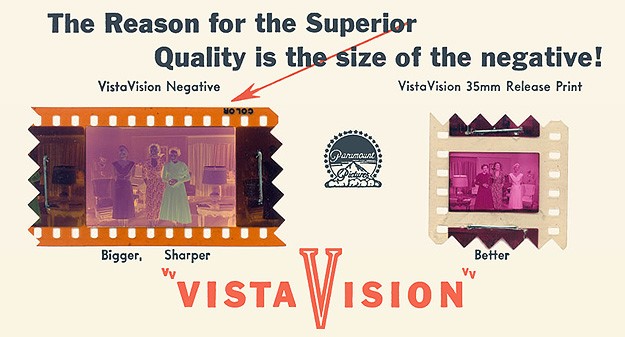Member group claims Kooyong Lawn Tennis Club spent $800,000 on wagyu beef

ByCarla Jaeger
April 19, 2024 — 3.45pmA group agitating for change at the Kooyong Lawn Tennis Club has claimed the club spent $800,000 on wagyu beef in a financial year when the club reported a $2.4 million loss from its hospitality operations.
The allegation is one of several claims made by the Kooyong for Members group in a letter sent to fellow members on Monday and obtained by this masthead.

The Kooyong for Members group claims the tennis club spent $800,000 on wagyu beef.CREDIT:JAMIE BROWN
The money was allegedly spent on wagyu beef, an expensive variety of meat from Japanese cattle, in the same year the board called in auditors to investigate a blowout in its dining operations.
The group, comprised of influential Kooyong members including corporate finance expert Fiona Hansen and investment banker Enrique Klix, says the claims in the letter are based on information shared by the Kooyong board in meetings to discuss member grievances, including concerns about the club’s handling of its recent financial saga. This masthead makes no suggestion regarding the correctness or otherwise of the letter’s claims.

”The board also shared the findings that: i) the club paid in the order of $800,000 for wagyu beef in the 2023 financial year [August 2022-July 2023] and; ii) at one stage the club was employing 21 chefs,” the Kooyong for Members letter states.This masthead has seen evidence that this was raised at a meeting between the members’ group and the board.
The apparent big spend on beef came in the 2023 financial year when the food and beverage section of the accounts revealed a near doubling of total expenses to $10.96 million.
The accounts show a 155 per cent increase in food costs to $4.18 million.
Comparatively, food revenue increased by 43 per cent to $6.29 million. Staff costs jumped 77 per cent to $2.5 million.
The Kooyong for Members group also claimed in the letter that the losses continued beyond the 2022-23 financial year, and that the hospitality business had posted a loss of $533,000 for the first quarter of the 2024 financial year, which covers the period from August to October 2023.
Kooyong president Darren O’Loughlin did not respond to calls or text messages sent by this masthead regarding the claims outlined in the group’s letter, including a request to expand on information the board shared about the club’s spending.
However, O’Loughlin on Thursday sent a detailed letter to Kooyong members in which he said the board had recognised the need for “substantial change and improvement in the operational aspects of the business”.
“Since being advised in September 2023 of the extent of the financial loss, the Kooyong Lawn Tennis Club Board has had to confront the fact that not all the necessary checks and balances were in place to promptly identify inadequate financial management practices,” O’Loughlin said in his letter.
He added that “every part of the Club’s operations is being meticulously reviewed”, and addressed the members’ claim of a $533,000 loss in August-October last year.
https://www.theage.com.au/sport/ten...-club-s-missing-millions-20240207-p5f35y.html
Questions remain after Kooyong report finds no evidence of criminal activity over missing millions
“The rectification work to correct the issues causing the losses began in October, however it took the first half of October for results to be achieved,” O’Loughlin said in his letter.
“Since November, the food and beverage area’s financial performance has significantly improved month on month with March returning to historical levels of profitability ... The forecast for the overall Club financial performance for the 2024 financial year is a return to profitability.”
The Kooyong for Members group was formed by Melbourne business leaders, who are also Kooyong members, in response to the club’s handling of the $2.4 million loss. The hospitality arm of the club had previously operated at a profit, bringing in between $300,000 and $600,000 from 2018 to 2022.
Accounting giant Grant Thornton found that poor financial management and reporting were to blame for the multimillion-dollar loss.

A feud between members and the club grew as auditors investigated the missing millions.CREDIT:GETTY IMAGES
The Kooyong for Members group believes the review did not go far enough, calling for a forensic investigation into the whole club’s accounts.
The board has not released the Grant Thornton report, claiming it is commercial in confidence, but on Thursday provided members with an overview of its findings and a progress report on each recommendation.
A member forum is scheduled for April 29, at which members are expected to be given more detail about the findings of the Grant Thornton review, and to have the opportunity to ask questions.

Melbourne business elite take aim at Kooyong Lawn Tennis Club board
Demand for the member forum is so high that the club has had to expand the venue. It will stream the event for those who miss out on a seat.The Kooyong for Members group, which refused to comment further on their letter when contacted by this masthead, has previously told members it has lost confidence in the board and is seeking a change in leadership.
Last edited:





















































 francisfordcoppola
francisfordcoppola




























